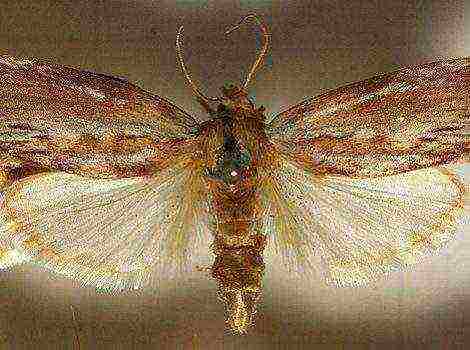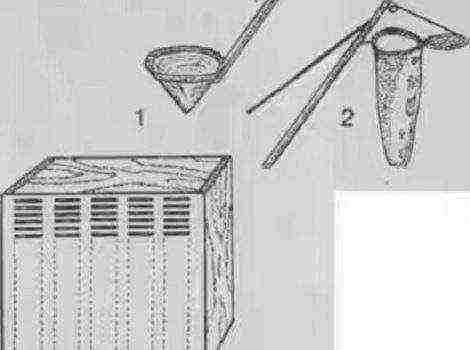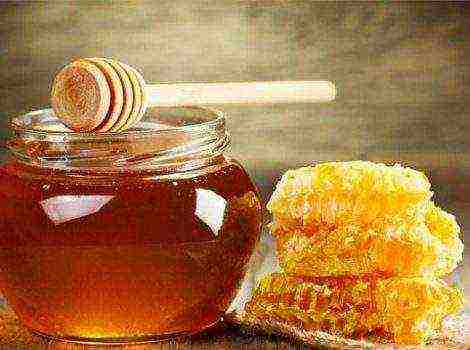Content
- 1 Causes of swarming bees
- 1.1 Why bees start to swarm, reasons and how to fight
- 1.2 Signs of swarming families, seasons and methods of control
- 1.3 How to get out of the swarm state, what to do?
- 1.4 How to remove a swarm of bees from a tree?
- 1.5 How to control and prevent swarming?
- 1.6 How to make artificial swarming of bees, what is the result?
Causes of swarming bees
In almost all apiaries there is such a phenomenon as swarming of bees. Swarming is a natural reproduction process of a bee colony. and forcing them not to do this is like prohibiting women from having children. In order for it to turn in favor of beekeepers, it should be kept under control. Timely warning and correct work to control the process will not allow families to weaken. You will be able to enlarge the apiary and get full-fledged families by the time of honey collection.
Why bees start to swarm, reasons and how to fight
- In the spring strong colonies accumulate a large number of young bees... They are not busy with brood fattening work. If at this time the plants are not yet able to secrete nectar, then these bees are left without work and this family begins to swarm.

- If there is an old queen in the hive... It does not release pheromones enough, because of this, many tinderpots come out, construction activity decreases, which is the reason for the laying of queen cells.
- If you are on time did not increase the hive hulls.
- Bad air exchange.
- In the hive too a lot of bee brood.
Signs of swarming families, seasons and methods of control
To determine the swarming state, need to know the signs... There are several of them:
- In honeycombs a lot of drone rape.
- Before swarming uterus almost stops sowing brood.
- On honeycombs queen cells appear.
- Bees stop working and for the most part gather on the board.
- Increase the volume buzzing.
In order to more accurately identify the condition, you can install a control frame in the hive... How to do it?
Divide the frame in half... Pull a strip of foundation into the lower part, and the upper part should remain empty. If the bees calmly spend the combs and fill them with honey, then everything is fine, but as soon as you see the queen cells and drone brood, the process of swarming begins and you need to fight it.
The swarm will be ready to fly out in a short time - 8-9 days after sowing the mother liquor. The first will fly out only in sunny, calm weather, but the subsequent ones can go out in any.
Swarming period usually takes place in bees for 2 months - May and early June. But this is not one hundred percent, because cases were observed in July and early August.
How to get out of the swarm state, what to do?
Whatever methods are used to prevent the swarm state, you need to be prepared for it. In such cases the swarm that has flown out should be caught... In this way, weak families can be strengthened or a new full-fledged family can be formed. What should be done for this?
- Have in stock empty hive.
- Before swarming set traps.
- Buy to bait bees drugs "Apiroy" or "Apimil".
There are many ways to catch a swarm.
- traps;
- no traps.
Catching a swarm with traps
Traps or swarms should be prepared in advance.If you do not want to use the purchased ones, then put together it yourself. Set 2-3 traps for better catching.
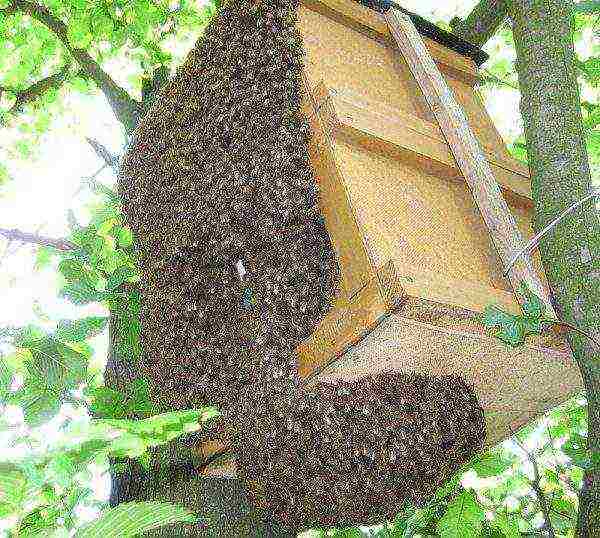
The swarm looks like a box with a lid... It should have a capacity of at least 50 liters, because most often a large mass of bees leaves and a trap of a small volume may not attract their attention. Saw out a tap hole and ventilation holes in it. Place the frames with the dry. There should be 5-8 of them. To attract bees, lubricate with preparations or rub with needles.
Choose a quiet, low-lying area to set traps.... It shouldn't be far from the apiary. Most often, bees are chosen for swarming spruce and pine. At a height of 6-8 meters, reinforce the trap with wire. It should be fastened firmly so that they do not stagger from the wind.
If you have done everything correctly and the bees have settled the trap, they should be taken to the hive. Move bees late at nightwhen all the bees flock to the swarm. Close the entrances and carefully remove the trap from the tree. Put another in this place.
In the hive, which must be prepared in advance, transplant the captured swarm. Before transplanting, inspect the frames from the swarm, if they are bad, then remove, and shake off the bees into the hive... On examination, find the queen and make sure that she and the bees got into the hive. Place the missing amount of frames with dry and foundation. Cover with tray and lid. It is recommended to place the trap near the hive for a while, so that those bees that have fallen behind flock to the evidence.
After the bees have been successfully transferred from the swarm to the hive, the trap should be cleaned and re-set for trapping.
Catching a swarm without a trap
Instead of a swarm for catching bees, you can use the lower hive body dadana or sunbed. To do this, you need to put it about fifty meters from the apiary. Put 8 frames with sushi in it and rub with attractive smells. Thus you can collect 2-3 swarms per season... The advantage of this method is that after capturing the bees, it does not need to be relocated anywhere. A full-fledged family develops in it.
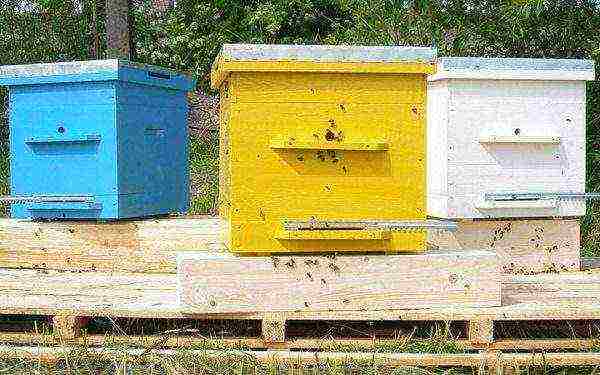
The second method of fishing. For him, it is possible to use an ordinary carrier for frames. If you suddenly saw that the family is preparing to open up, and you do not have a swarm at hand, then take an ordinary carrier or box of a suitable size. Put a frame or two in it with dry. Spread them and carry them with Apiroem.
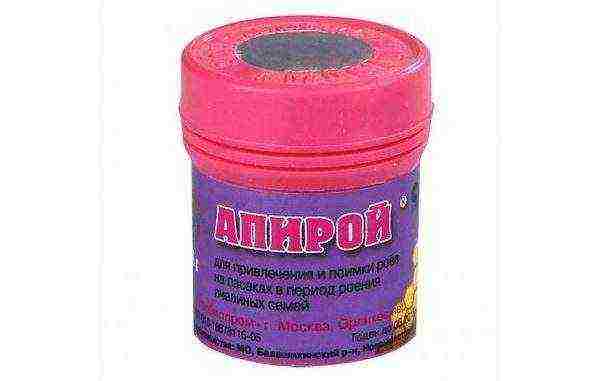
As soon as the swarm that has departed hooks on some tree of their choice, put the carrier on your head and begin to slowly walk under it. After a while, the bees will begin to descend towards the box. Do not be afraid, bees in this state do not sting. The main thing is not to make sudden movements.... As soon as you feel that the box is starting to get heavy, move even slower to collect as many bees as possible and it is important that the queen is lowered into the box. As soon as she descends into him, then all the bees will follow her.
After collecting the bees, you need to just slowly remove it from your head and hang it neatly on a branch or put it on a high stand. Do not put it on the ground at all, because if ants get into the box, the swarm will fly away... After a while, cover the drawer with a light cloth and leave to cool. In the evening, transfer the bees to a vacant hive or supplement a weak colony with them.
How to remove a swarm of bees from a tree?
There is no difficulty in removing the swarm from the tree. The main thing is not to miss this moment, because as soon as the bees decide on housing, they will immediately fly away. To clear the swarm, use the following tools:
- Roevney.
- With a ladle.
- Spray bottle with lemon balm infusion.
- The stairs.
- An empty hive.
- The board is a trap.
If the swarm is at a low height, then it is easy to remove it.... We suspend or place a trap next to it, smeared with Apiro, and wait for the bees to gradually flock into it. Or we substitute a box under the swarm and shake it off in one motion. The leftovers can be collected with a scoop. Cover the trap and leave until evening.

Difficult to shoot a swarm when it is caught in the top of a tree... In this case, you need to substitute a stepladder or a long ladder. We'll also use two poles. Attach a trap to one, hook to the other.
Put the spray bottle in your pocket and carefully climb the stairs with the poles.
Spray the bees with water before removing them, this will make them easier to collect. Move the trap with a pole under the bee ball. Hook the branch with the hook of the second pole. Shake the branch briskly and vigorously enough so that the lump falls into the swarm.... Try to do this in one go. Now attach the box to the branch and close the lid. The rest of the bees will crawl into it through the entrance hole.
If it is impossible to fix the trap, lower it to the ground and wait for all the insects to gather. They can now be transferred to empty evidence.
How to control and prevent swarming?
The swarming process, how to control and prevent it, is relevant for both beginners and experienced beekeepers.
For a beginner in beekeeping, it is recommended to buy a breed of bees that are not prone to swarming. But such bees do not collect nectar well, compared to swarm bees. After all what is swarming - this is the reproduction of bees. A natural, natural process that stimulates them.
Experienced beekeepers can always determine the swarming state of bees and, if possible, prevent it. The main thing in controlling this issue is the constant presence of the beekeeper near the bees. During the swarming season, it is recommended to arrange a watch or stay for a while.
What should be done to stop the swarming process? Experienced beekeepers advice:
- buy bees not swarming;
- regularly change old queens;
- remove queen cells on honeycombs;
- do not put an apiary under scorching sun;
- timely add enclosures strong families;
- excess brood in strong families (layers should be made from such families);
- no bribe brings the family into a swarm state.
If all conditions are met, the risk of swarming bees will be reduced.
How to make artificial swarming of bees, what is the result?
Why do experienced beekeepers carry out artificial swarming? This is necessary in order to bring bees out of the swarm state in the apiary and increase the number of families (Taranov's method).
To do this, respectively, you need to before the main honey collection. Educated new families will have time to settle in new houses. Artificial swarming is usually done by experienced beekeepers... For a beginner, this is a difficult and time-consuming process. But it is paid a hundredfold, since such families most often work better than undivided ones.
There are several options for artificial swarming:
Option 1: using core layering
Are used layering with queens that overwintered in cores... As a result, new families are developing rapidly. This is due to the establishment of a mature brood from a strong family.
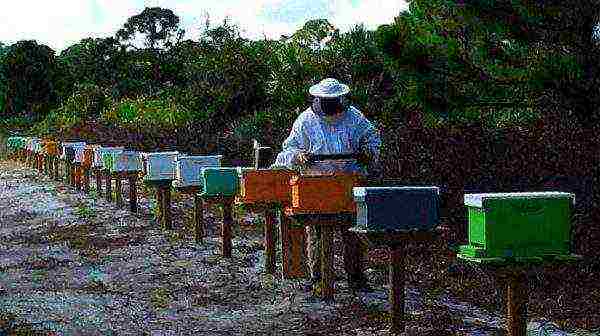
Such a family has time to get stronger by the main honey collection.
How to do it?
- Place an empty hive next to the hive where you plan to make a layer... In this case, the hive should be at the same height as the first, and painted in exactly the same color.
- Put 2 frames filled with honey, bee bread in an empty hive. Also frames with dry and 2 frames with foundation. In the center, leave space for two frames.
- Take from a strong family two frames with brood and bees... Place them in the center of the second hive (where you will settle a new family).
- Into a new family we settle the purchased uterus or we put the mother liquor from which the uterus will come out in the very near future.
- On the honeycomb you need pour two glasses of warm water.
- Cover it with a backing, insulation and lid.
- You can check this hive in 6-8 days.... If the hive is left without a queen, you need to plant a new one, otherwise, until the queen starts a new seeding, the bees will not work.
Option 2: divide the family in half
Divide the family in half... If it is strong and there is a large amount of brood in it, then such a colony can burrow naturally, which distracts the bees from work and the honey collection time will be missed, as well as the loss of bees is possible.
How to divide correctly?
- On examination, select a hive with strong family.
- Put empty hive 0.5 m from this hive.
- Pull out half of the frames with brood and feed, and rearrange to an empty hive.
- Complete both hives with frames with dry and wax.
- Close the hives.
- After some time the bees will split into two hives.
- A new family should be plant a uterus.
- Gradually hives need to be moved away from each other... Every day the distance is increased by 0.5 m.
- All this time bees fed with sugar syrup.
Option 3: for swarming bees
This option is used when fighting the swarm of bees.
- From a strong family pull out 2-3 frames with brood and uterus.
- Transplant them into empty hive.
- Put frames with dry between brood (1-2), and around the edges with foundation.
- A hive with a new family we put in place of the old one.
- Plant a young uterus in an old hive, or mature mother.
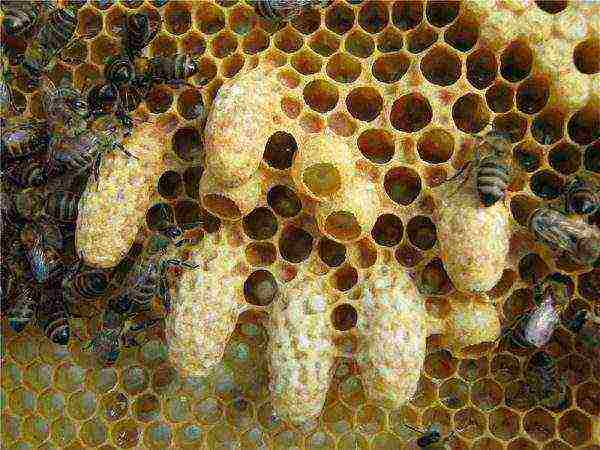
- Young growth give water to drink before hatching a flight bee.
Option 4: layering from different families
Empty the beehive is harvested from layers from different families... For this, frames with brood from different families are taken and installed in the hive.
The uterus is planted in a new nest and insulate it. Put it in a new location. A young family needs close supervision.
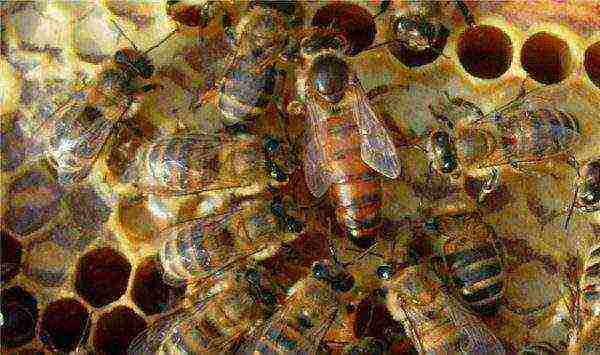
Swarming is a complex process, but necessary for an apiary... In order to increase the productivity of the apiary, it needs control. If you create optimal conditions for the bees and apply all methods to prevent swarming during honey harvest, you can enlarge the apiary and harvest an excellent honey harvest.
